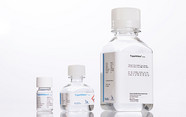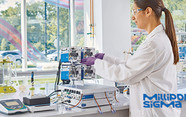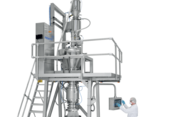Top five reasons to replace a viscometer with a rheometer
Is your viscometer approaching the end of its life? Are you starting to feel that your trial and error, ‘rheology-light’ approach to formulation is becoming dated? Or are there longstanding product performance issues that you’re failing to gain traction with, where you suspect rheology may hold the answer?
Introduction
Is your viscometer approaching the end of its life?
Are you starting to feel that your trial and error, ‘rheology-light’ approach to formulation is becoming dated?
Or are there longstanding product performance issues that you’re failing to gain traction with, where you suspect rheology may hold the answer?
If the answer to any of these questions is yes, then it may be time to assess just what a modern rheometer can do, most especially relative to a cheaper viscometer. Rheometer design and functionality has advanced considerably over the course of the last decade and today’s instruments offer an extremely broad range of test capabilities, wrapped in software that makes them accessible to less expert users. Such systems support the industrial adoption of rheology and deliver cost benefits far beyond those returned by viscometers, from R&D, through formulation and into manufacture. Here we look at the top five measurements offered by rheometers that enhance their value relative to viscometers and provide some example studies to illustrate the potential benefits.



















